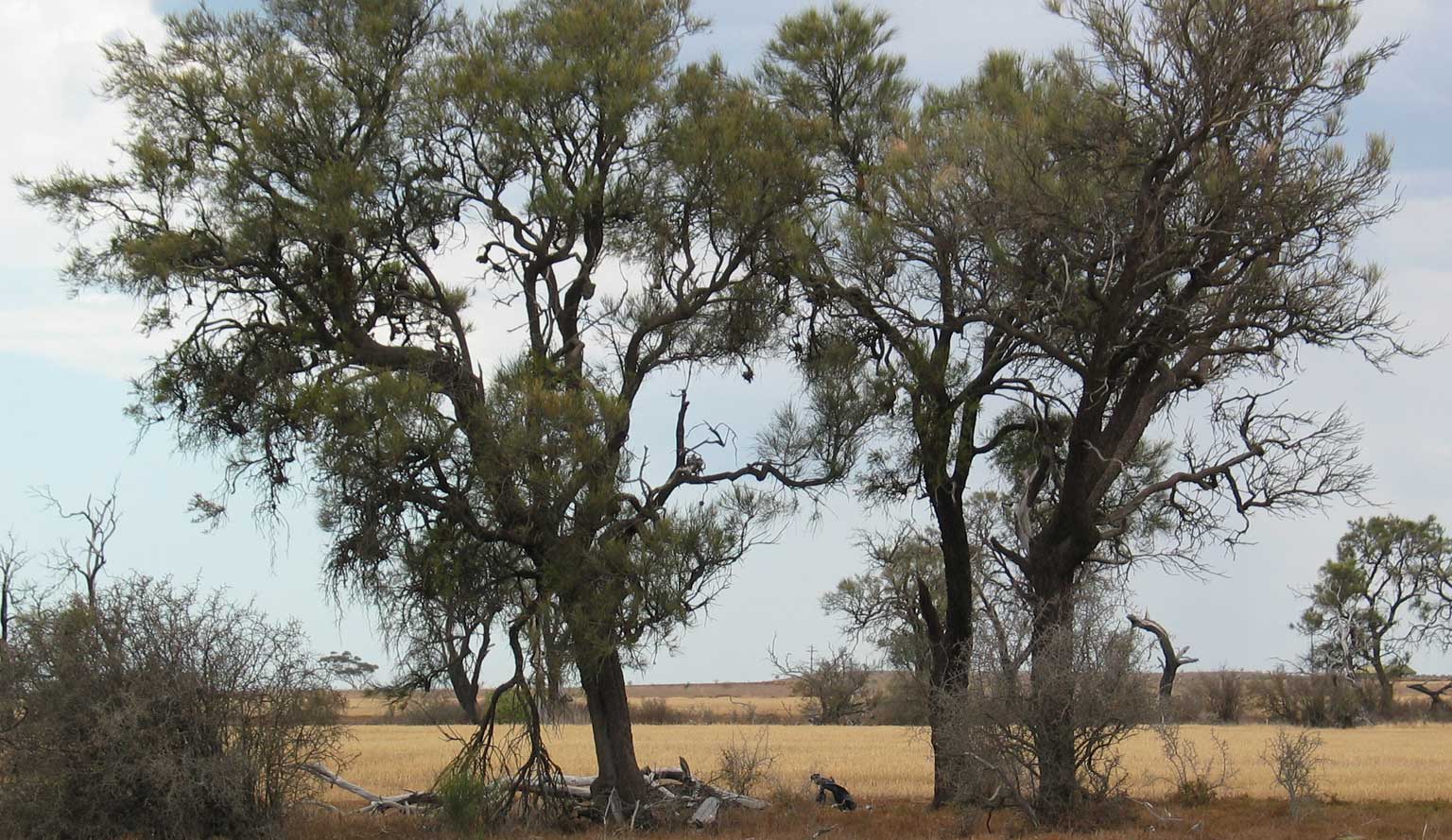A range of teacher professional learning programs will be developed to accompany the Biodiversity of the Western Volcanic Plains online outreach...
The Western Grassland Reserves
In 2011, the Victorian Government began reserving 15,000 hectares of land to protect the critically endangered ‘Natural Temperate Grasslands of the Victorian Volcanic Plain’ vegetation community. The Western Grassland Reserves will form a new grassland park of international significance, connecting the You Yangs to the Werribee River across the Volcanic Plains.
The Western Grassland Reserves will cover two large areas; around Mt Cottrell and north of Little River. These grassland reserves are not a pristine natural system as the area currently supports agricultural, cultural and recreational activities. The primary aim of these reserves will be nature conservation, but places, objects and activities with purely cultural value may be retained or protected where they do not threaten ecological values. The reserves will be managed to restore native grassland plant species and eventually provide enough habitat to support persisting populations of a number of threatened plant and animal species including the Striped Legless Lizard, Golden Sun Moth, Growling Grass Frog, Spiny Rice-flower and Button Wrinklewort.
The reserves will also include a range of other habitat types including ephemeral wetlands, waterways, rocky knolls and open grassy woodlands.
Agricultural benefits of native grasslands
Native grasslands are an important asset for future agriculture. Native grasses are more drought tolerant than introduced pasture grasses and some have high protein levels, making native grasses a more reliable and economical source of feed for livestock during dry years. Perennial native grasses have been found to improve soil acidity, help control salinity and grasshopper numbers and provide habitat for predators of agricultural pests.



